1. The State of Your Sink
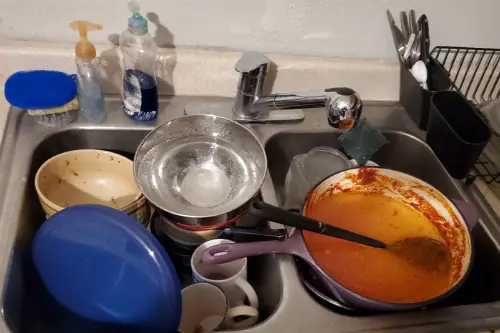
Even if people swear they don’t notice, a sink full of dishes always grabs attention. Guests often equate a cluttered sink with an unkempt home, even if the rest of your kitchen looks spotless. The sink is the centerpiece of most kitchens, so it naturally draws the eye when someone walks in. Plus, odors can linger there longer than you might realize, especially if a sponge or dishcloth has seen better days.
A clean sink, on the other hand, sends a message of order and freshness. Running a quick rinse cycle or scrubbing away any food residue makes a bigger difference than you’d think. It also shows that you care about hygiene, which matters when food prep happens in the same space. Even if you’re pressed for time, hiding dishes in the dishwasher is a solid quick fix.
2. Countertop Clutter
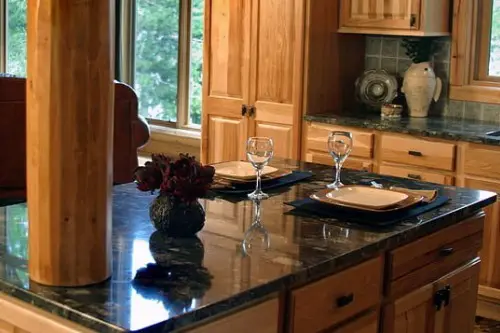
Counters are prime real estate in a kitchen, and guests notice if they’re covered in mail, appliances, or half-finished projects. It can give the impression that the kitchen is more of a storage unit than a cooking space. Clutter also makes surfaces harder to clean, which many guests subconsciously associate with hygiene. When countertops are clear, the kitchen feels more spacious and functional.
Even if you use every gadget regularly, having them all out at once can overwhelm the space. Guests tend to admire kitchens that look ready for action but not chaotic. A couple of thoughtfully placed items—a fruit bowl, a coffee maker—strike a balance between practical and stylish. The less cluttered the counters, the more welcoming the kitchen feels.
3. The Smell Factor
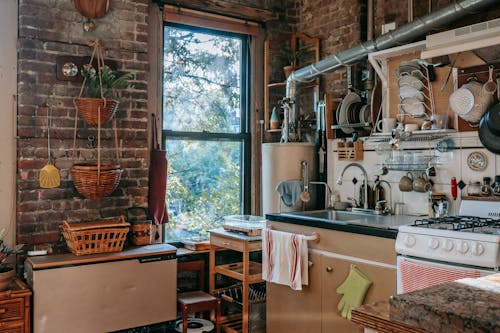
Scent is one of the first things people notice when they enter a kitchen. Lingering smells from last night’s fish or a forgotten trash bag can instantly shift their impression of the space. Even if you’ve cleaned, certain odors stick to fabrics or hide in drains. Guests may not say anything, but their noses are definitely tuned in.
On the flip side, a pleasant smell can be a silent host. Freshly brewed coffee, baking bread, or even a subtle candle makes a kitchen feel warm and inviting. Neutralizing unwanted odors with ventilation or a simple lemon-in-the-disposal trick goes a long way. It’s one of those invisible details that people remember without realizing it.
4. Your Kitchen Towels
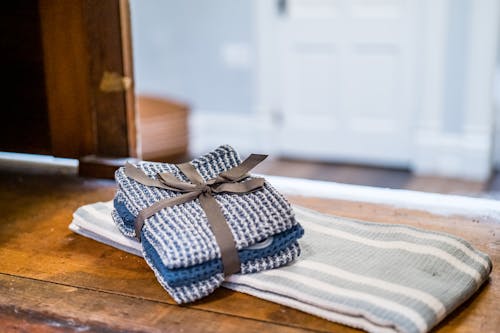
Towels might seem like an afterthought, but guests notice their condition. A stained or fraying towel can make even a clean kitchen feel neglected. Since towels are out in the open, they become part of the overall aesthetic. People can’t help but associate them with how clean everything else might be.
Fresh, neatly hung towels tell a different story. They add a pop of color or texture while signaling care and attention. Even if you use certain towels for heavy-duty tasks, it’s worth keeping a clean one visible for guests. It’s a small detail, but it instantly elevates the look of the room.
5. The Refrigerator Exterior
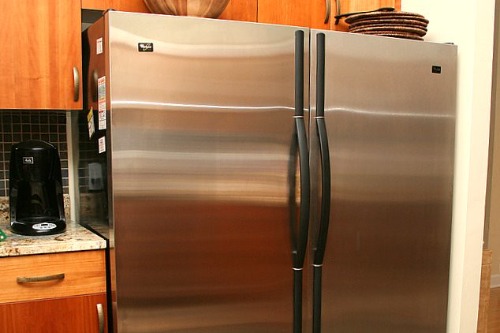
Magnets, notes, and kids’ artwork can make a fridge feel personal, but they also risk looking cluttered. Sticky fingerprints or streaks on stainless steel are especially noticeable. Because the refrigerator is so large, it’s basically a wall in your kitchen, which means guests’ eyes land on it whether they mean to or not. The impression can swing from “lived-in charm” to “chaotic mess” very quickly.
Wiping down the exterior and curating what’s displayed makes a big difference. A couple of thoughtful photos or a calendar can still add personality without overwhelming the space. Guests appreciate a fridge that looks intentional, not neglected. In short, it’s about balance—keeping it real but not overstuffed.
6. Cabinet Fronts and Handles
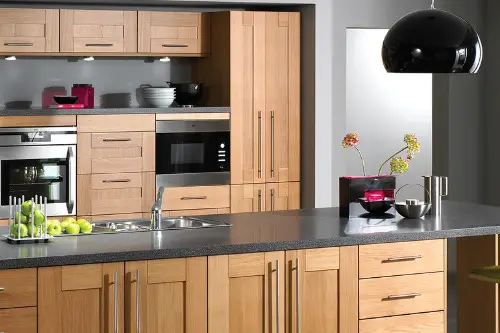
Greasy fingerprints and smudges on cabinets can be surprisingly distracting. Guests often touch handles when helping out, so they get an up-close look without meaning to. Dust and grime tend to settle in corners, especially on lighter-colored finishes. It can make the whole kitchen feel dirtier than it really is.
A quick wipe-down goes a long way in creating a polished look. Shiny handles and clean surfaces quietly signal attention to detail. If cabinets are older, updating knobs or pulls can refresh the space instantly. Even the smallest adjustments don’t go unnoticed by visitors.
7. The Trash Situation

Trash bins are easy to overlook until they’re not. A full or overflowing can quickly becomes the center of attention, even if guests politely look away. Smells and spills only amplify the effect, leaving a lingering memory that’s hard to shake. The size and placement of the bin also matter—if it’s in plain sight, it invites scrutiny.
Emptying the trash before guests arrive is a simple yet powerful move. Lining the bin with a fresh bag and keeping a lid on it minimizes odors. If possible, tucking the bin into a cabinet or using a sleek design helps it blend in. People might not consciously praise a tidy trash setup, but they definitely notice a messy one.
8. Floors Underfoot
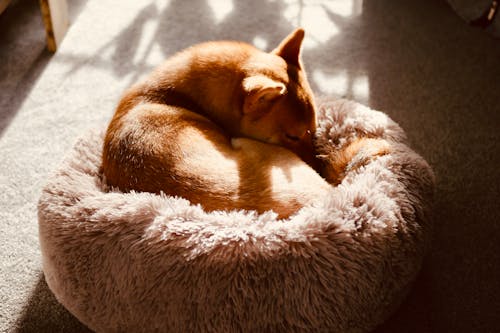
People rarely look straight down, but they feel it when floors aren’t clean. Crumbs, sticky spots, or pet hair can change the whole perception of the kitchen. Because the kitchen is such a high-traffic area, floors pick up debris faster than almost anywhere else. Even a spotless counter won’t compensate for something gritty underfoot.
Sweeping or vacuuming before guests arrive makes a huge difference. A freshly mopped shine adds an extra layer of polish. Guests associate clean floors with overall cleanliness, even if they don’t consciously realize it. When the floors feel fresh, the entire kitchen feels more cared for.
9. The Lighting

Dim or harsh lighting changes how people experience a kitchen. If the space feels too shadowy, it can come across as dingy. On the other hand, overly bright bulbs can make it feel sterile, more like a hospital than a home. Guests notice ambiance even when they don’t mention it.
Layered lighting—like a mix of overhead and task lights—creates balance. Warm-toned bulbs add comfort and highlight the space in flattering ways. Guests tend to linger longer in kitchens that feel bright but cozy. It’s proof that lighting affects not just how things look, but how people feel in the room.
10. Pantry Peek-ins
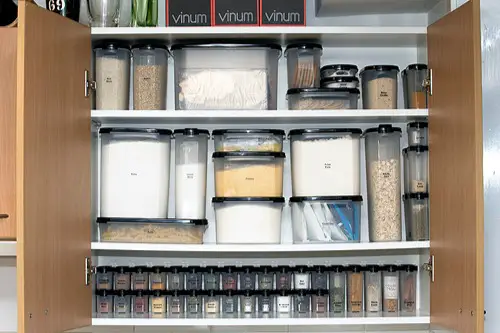
You’d be surprised how often guests end up opening a pantry—whether helping cook, grabbing a snack, or just curious. A disorganized jumble of cans and boxes can leave the impression of chaos. Expired items or torn packaging stand out quickly, even if the door usually stays shut. It’s not about being judged harshly, but people do notice.
A tidy pantry feels like a hidden luxury. Simple touches like labeled jars or grouped items make a big impact. Guests love the feeling of order, and it reflects well on the whole kitchen. Even small efforts at organization are more memorable than you think.
11. Your Cookware Display
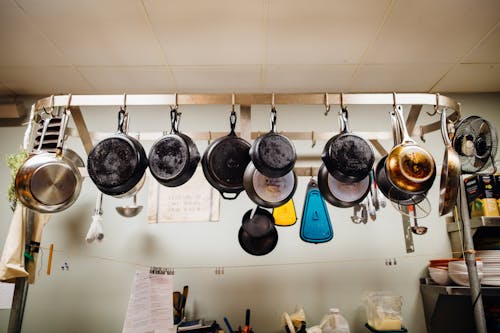
If you store pots and pans out in the open, their condition speaks volumes. Scratched-up pans or greasy lids can signal neglect, even if they still work fine. Guests often associate the state of cookware with how seriously you take cooking. They’ll notice whether the display feels intentional or just convenient.
On the flip side, polished or neatly stacked cookware adds charm. A well-placed Dutch oven or a set of gleaming pans can even double as decor. Guests tend to admire kitchens that strike a balance between practical use and presentation. It suggests pride in both cooking and hosting.
12. The Coffee or Tea Station
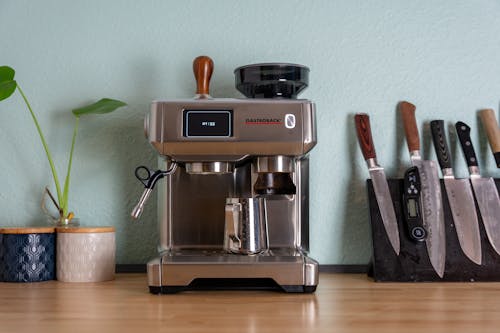
Many guests make a beeline for coffee or tea, so they get an intimate look at this corner. A dusty coffee machine or cluttered setup can be surprisingly off-putting. People often equate beverage stations with hospitality, so it sets the tone for the visit. A tidy, welcoming setup sends a subtle “make yourself at home” message.
Organizing mugs, keeping supplies stocked, and wiping down machines goes a long way. Even a small tray with sugar and spoons makes the area look thoughtful. Guests appreciate the ease of finding what they need without hunting through cupboards. It’s a little detail that leaves a big impression of warmth.
This post 12 Kitchen Details That Guests Judge While Pretending Not To was first published on Greenhouse Black.
